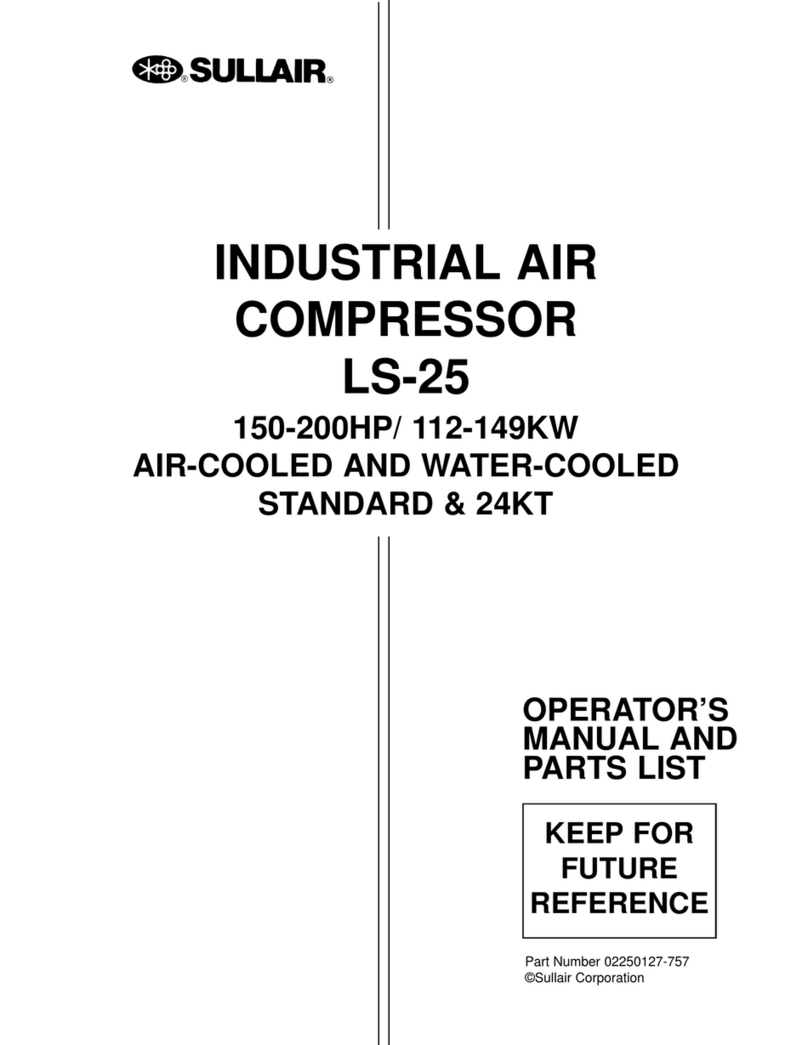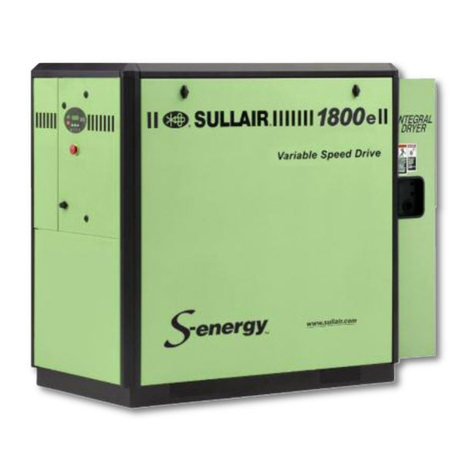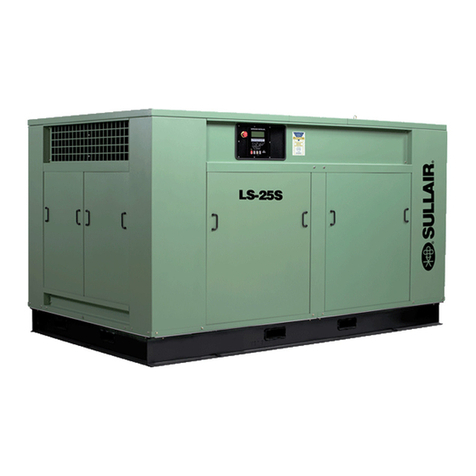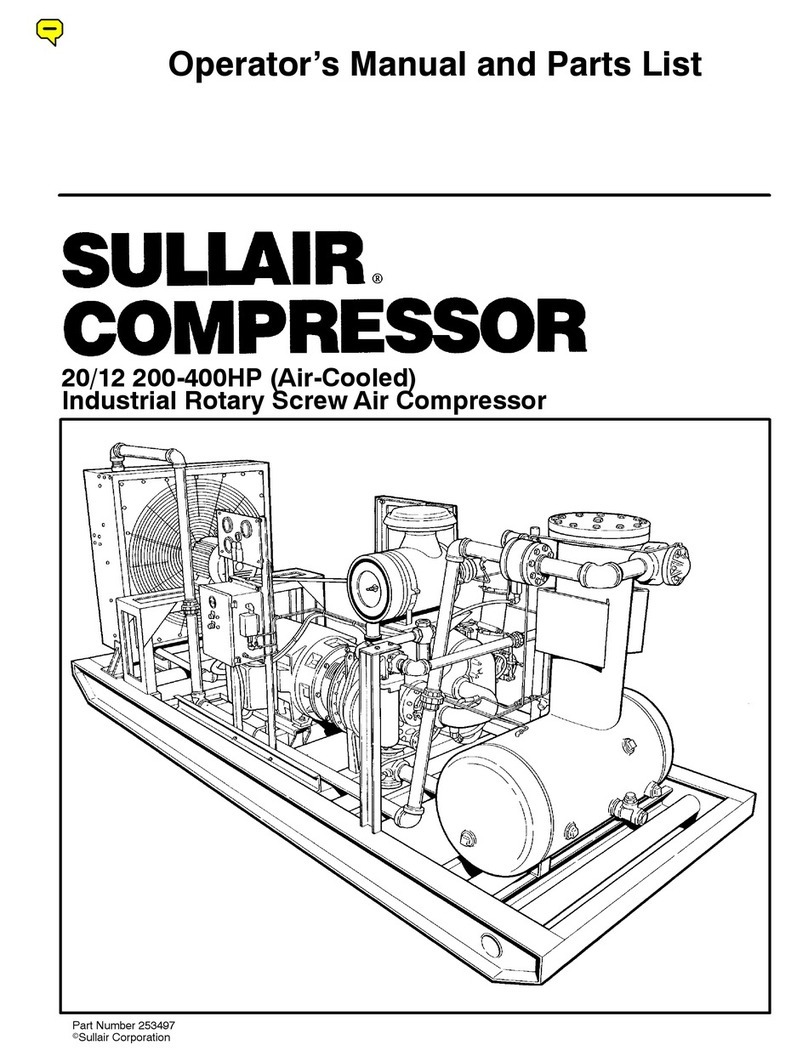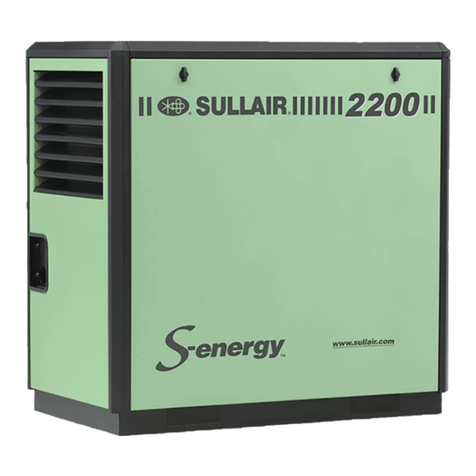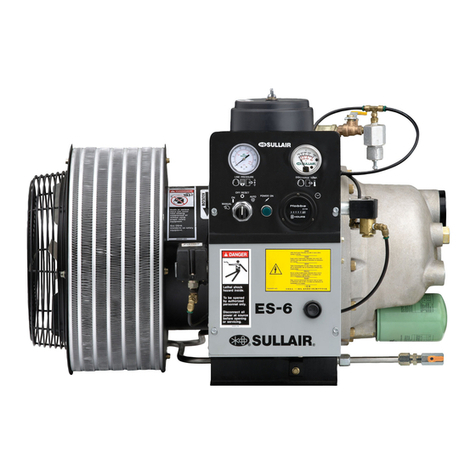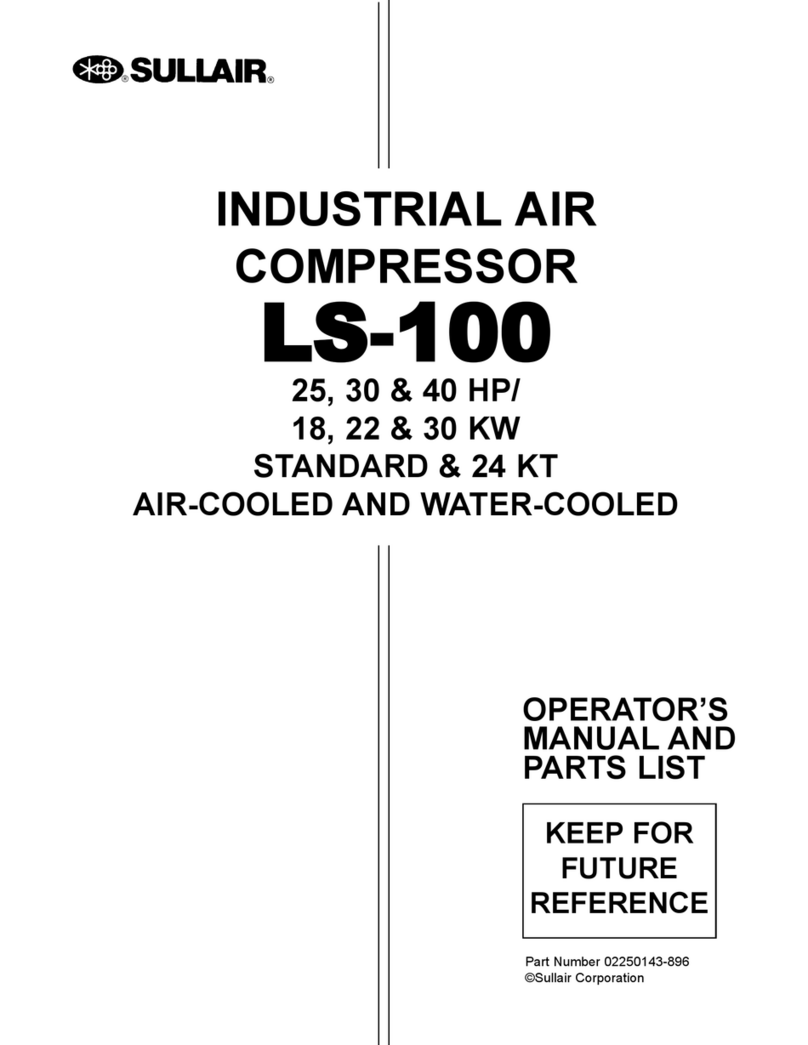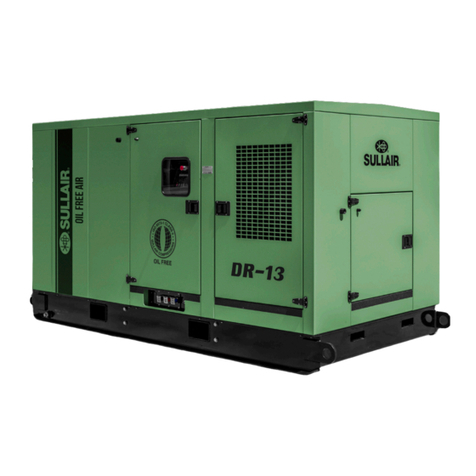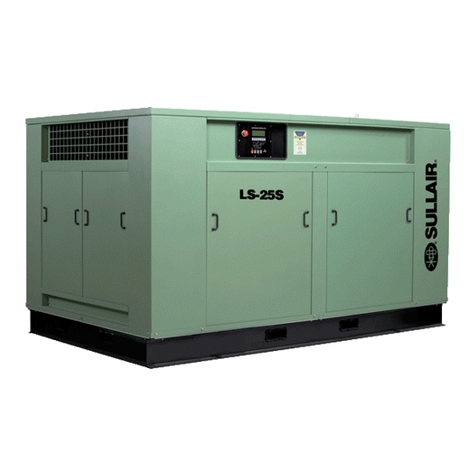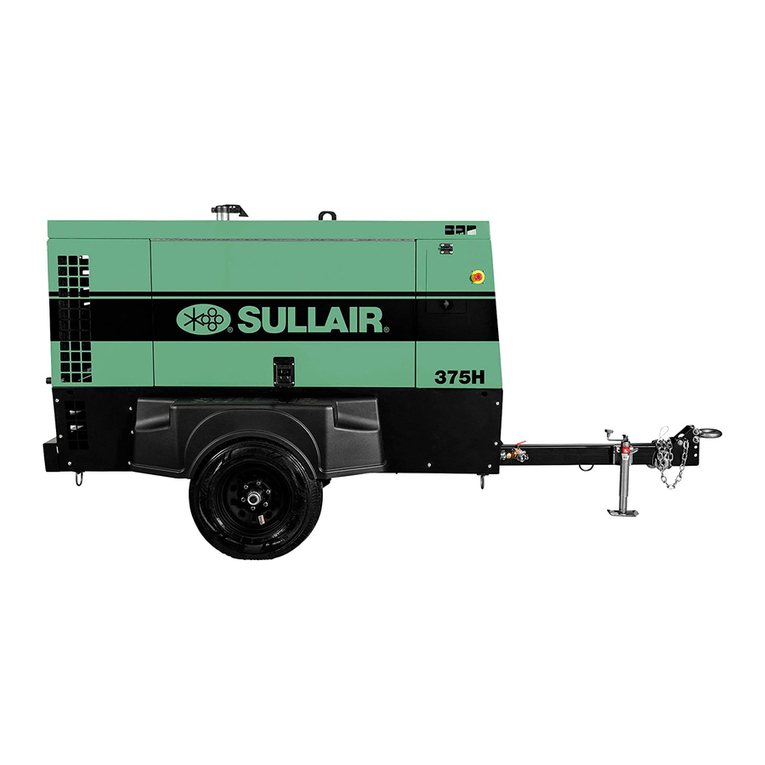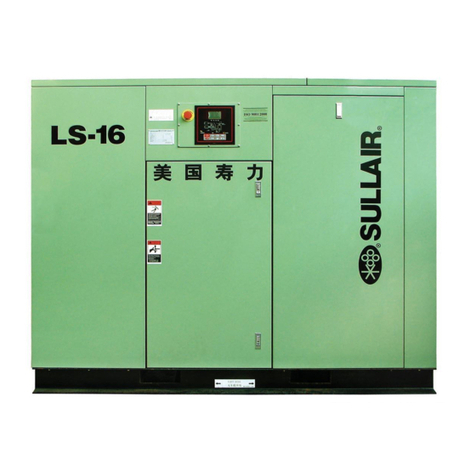Section 1
SAFETY
2
coupling device, with respect to the towing vehicle
when maneuvering over any anticipated terrain.
7. If provided, make sure chain length, brake and
electrical interconnections provide sufficient slack
to prevent strain when cornering and maneuvering,
yet are supported so they cannot drag or rub on
road, terrain or towing vehicle surfaces which might
cause wear that could render them inoperative.
8. On two-wheeled models, fully retract front screw
jack and any rear stabilizer legs. If a caster wheel
is provided on the screw jack it is part of the screw
jack and can not be removed. Follow the same
procedure for stowing away the wheeled jack as
you would for the standard screw jack. Pull the pin
connecting the jack to the drawbar and raise the
screw jack to its full up position. Rotate the screw
jack to its stowed position, parallel to the drawbar,
and reinsert the pin. Make sure the jack is secured
in place prior to towing.
9. Make sure tires are in good condition and are the
size (load range) specified and are inflated to the
specified pressures. DO NOT change the tire size
or type. Also, make sure wheel bolts, lugs or nuts
are tightened to the specified torques.
10. If provided, make sure all dual stop, tail direc-
tional and clearance lights are operating properly
and that their lenses are clean and functional. Also,
make sure all reflectors and reflecting surfaces,
including the slow moving vehicle emblem on com-
pressors provided with same, are clean and func-
tional.
11. Make sure all service air hoses (not air brake
hoses) are disconnected or are fully stowed and
secured on hose reels, if provided.
12. Make sure all access doors and tool box covers
are closed and latched. If the compressor is large
enough to hold a man, make sure all personnel are
out before closing and latching access doors.
13. Make sure parking brakes in towing vehicle are
set, or that its wheel are chocked or blocked, or that
it is otherwise restrained from moving. Then,
release the compressor parking brakes, if provided.
14. Make sure the compressor wheels are not
chocked or blocked, and that all tie-downs, if any,
are free.
15. Test running brake operation, including break-
away switch operation if provided, before attempt-
ing to tow the compressor at its rated speed or less
when conditions prevail.
16. DO NOT carry loose or inappropriate tools,
equipment or supplies on or in the compressor.
17. DO NOT load this equipment with accessories
or tools such that it is unbalanced from side to side
or front to back. Such unbalance will reduce the
towability of this equipment and may increase the
possibility of tipping, rolling over, jackknifing, etc.
Loss of control of the towing vehicle may result.
B. TOWING
1. Observe all Federal, State, and Local laws while
towing this equipment (including those specifying
minimum speed).
2. DO NOT exceed the towing speeds listed below
under ideal conditions. Reduce your speed accord-
ing to posted speed limits, weather, traffic, road or
terrain conditions.
a. Two axle four-wheel steerable models:
15MPH (24KMPH).
b. All other models: 55 MPH (88KMPH).
3. Remember that the portable air compressor may
approach or exceed the weight of the towing vehi-
cle. Maintain increased stopping distances accord-
ingly. DO NOT make sudden lane changes, U-
turns, or other maneuvers. Such maneuvers can
cause the compressor to tip, roll over, jackknife or
slide and cause loss of control of the towing vehi-
cle. Tipping, rolling over, etc. can occur suddenly
without warning. U-turns especially should be
made slowly and carefully.
4. Avoid grades in excess of 15° (27%).
Retract the front screw jack only after attaching
the compressor to the tow vehicle. Raise the
screw jack to its full up position and pull the pin
connecting the jack to the drawbar. Rotate the
screw jack to its stowed position, parallel to the
drawbar, and reinsert the pin. Make sure the jack
is secured in place prior to towing.
If a caster wheel is provided on the screw jack it
is part of the screw jack and can not be removed.
Follow the same procedure for stowing away the
wheeled jack as you would for the standard
screw jack. Pull the pin connecting the jack to
the drawbar and raise the screw jack to its full up
position. Rotate the screw jack to its stowed
position, parallel to the drawbar, and reinsert the
pin. Make sure the jack is secured in place prior
to towing.
WARNING
This equipment may be tongue heavy. DO NOT
attempt to raise or lower the drawbar by hand if
the weight is more than you can safely handle.
WARNING
